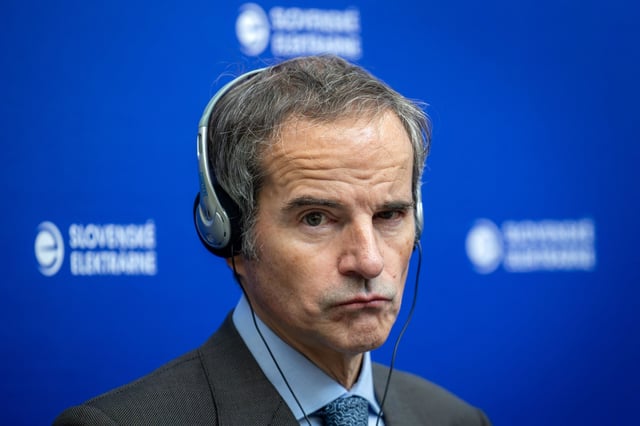Overview
- Despite trillions spent on the green transition over the past two decades, hydrocarbons still supply over 80% of the world's energy, according to Rafael Grossi, the Director-General of the International Atomic Energy Agency (IAEA).
- Despite a decrease in global electricity production share over the past two decades, nuclear power has seen growth in interest due to its potential to de-carbonize electricity grids and other sectors, including heating for homes and industries and desalination operations.
- More than 400 nuclear reactors in over 30 countries supply global electricity, with over 50 under construction. Many countries are also extending their existing nuclear programs.
- In Africa and Latin America, where electricity capacity is projected to increase significantly by 2050, countries are also exploring nuclear power.
- Over two-thirds of the countries considering or embarking on introducing nuclear power are in the developing world, with the majority in Africa.
- To achieve the projected high nuclear energy projection of 873 gigawatts in 2050, Grossi emphasized the need for a better investment playfield, one that considers the full benefits of nuclear power.
